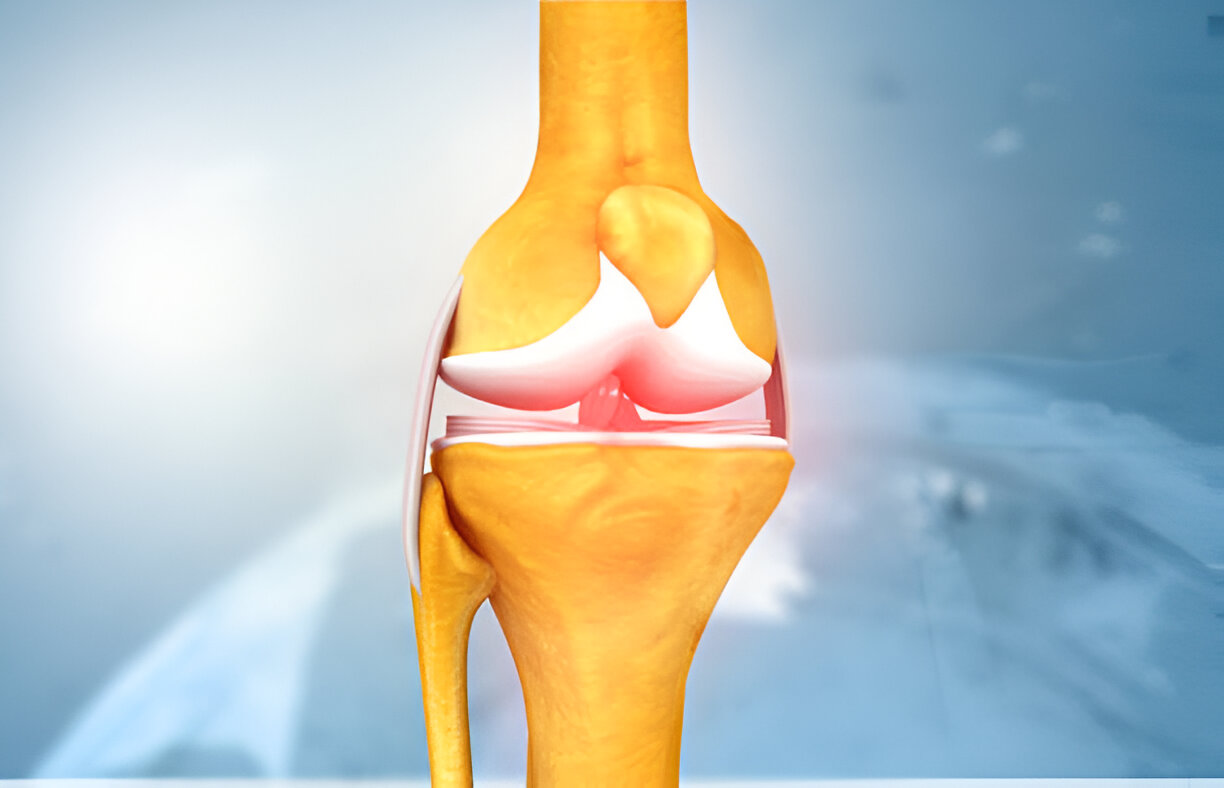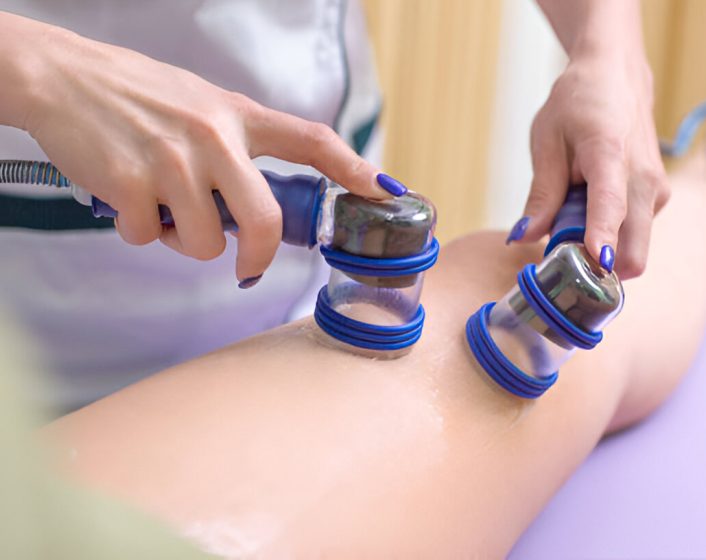A Lateral Collateral Ligament (LCL) injury occurs when the ligament on the outer side of the knee is stretched or torn, often due to a direct blow to the inside of the knee or sudden twisting motions. The LCL provides stability to the knee, and injury to it can cause pain, swelling, and instability when walking or bearing weight. Treatment ranges from rest and physical therapy for mild sprains to surgical repair for more severe tears, depending on the injury’s extent.
Treatment for a Lateral Collateral Ligament (LCL) injury depends on the severity of the injury. For mild sprains, non-surgical approaches like rest, ice, compression, and elevation (RICE) are typically recommended, along with physical therapy to strengthen the surrounding muscles and restore knee stability. Physical therapy focuses on exercises to improve flexibility, strength, and balance. For more severe LCL tears, particularly if there is significant knee instability or other ligament damage, surgical repair may be necessary. The surgery often involves reconstructing the LCL using a graft. Post-surgery rehabilitation is crucial, involving a structured program to regain full knee function, prevent future injuries, and ensure a successful recovery.





